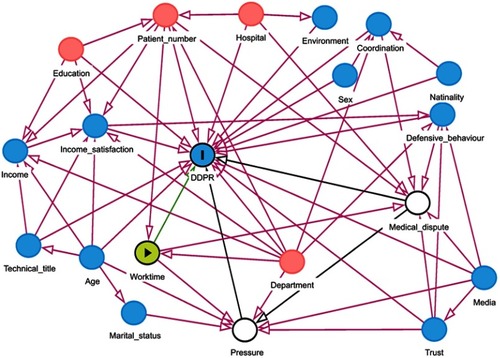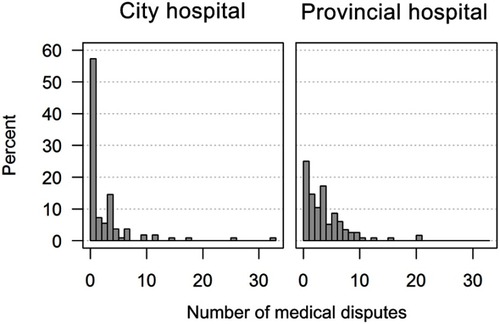Figures & data
Table 1 Demographic characteristics of doctors and univariate analysis of DDPRQ-10 scores
Table 2 Demographic characteristics of patients and univariate analysis of PDR-9 scores
Table 3 Adjusted coefficients for DDPRQ-10 scores from linear regression
Table 4 Adjusted coefficients for PDRQ-9 scores from linear regression



